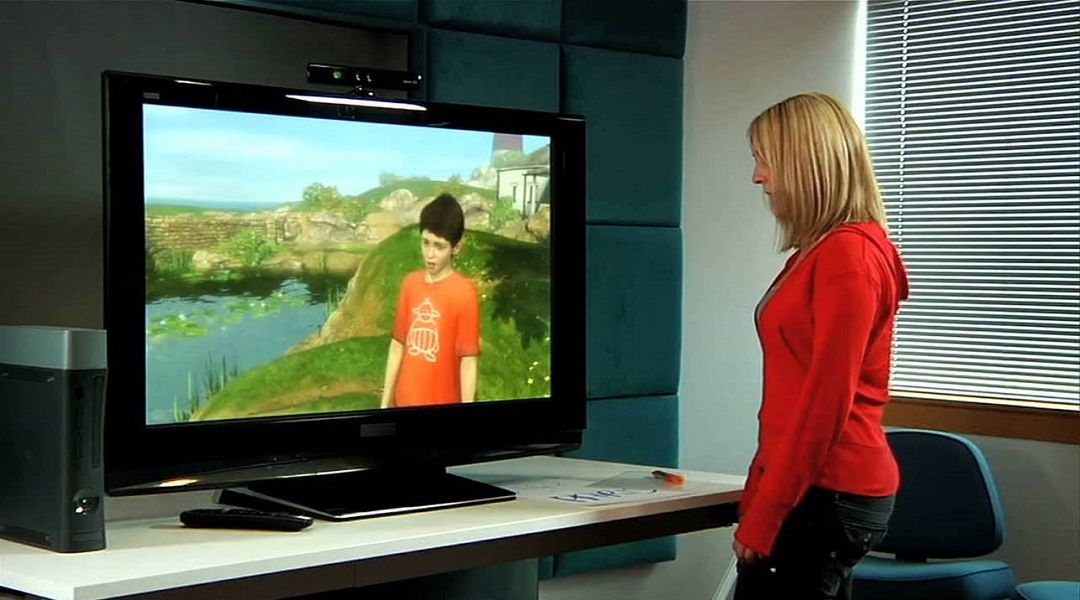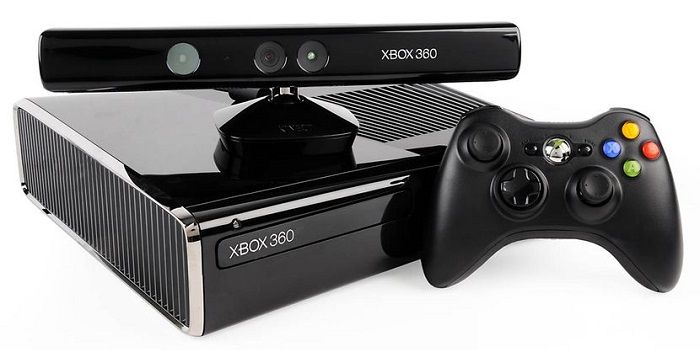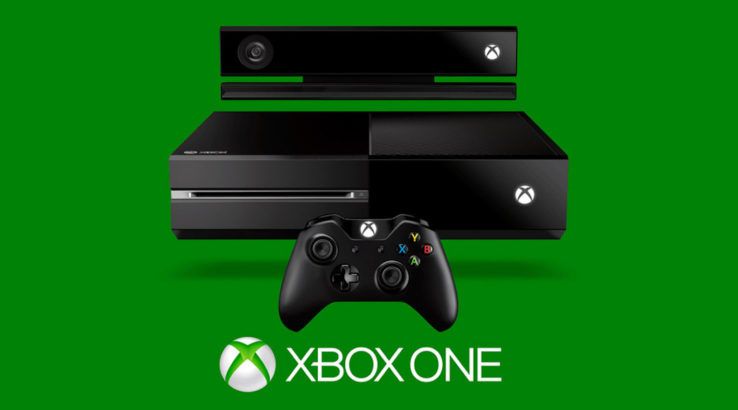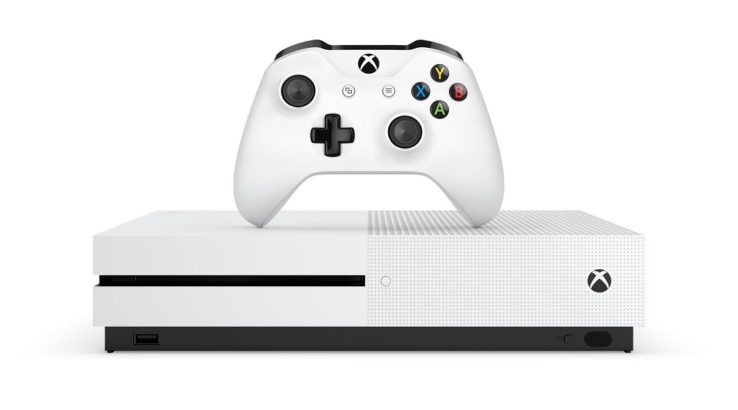"Xbox One is Kinect. They are not separate systems. An Xbox One has chips, it has memory, it has Blu-ray, it has Kinect, it has a controller. These are all part of the platform ecosystem." - Xbox executive Phil Harrison, August 2013.
It is clear by Phil Harrison's quote that Microsoft once had high hopes for the Kinect. The innovative motion control peripheral was a big hit for the company on Xbox 360, earning rec0rd-breaking sales and becoming one of the hottest items during the 2011 holiday season. However, Kinect 2.0 failed to find the same level of traction as its predecessor and was a general failure on the Xbox One.
Microsoft has since announced that it has discontinued the Kinect, signaling the death of its once-popular device. Considering the initial success of Kinect, some may be wondering what happened? Why wasn't the Kinect popular on Xbox One? Where did Microsoft go wrong with Kinect 2.0?
We're here to answer those questions.
A Good Start
The recent demise of Kinect may make some forget that the device was quite popular at one point in time. In fact, Kinect on Xbox 360 sold a whopping 8 million units in its first 60 days on sale, earning the world record for fastest-selling consumer electronics device in the process. Some may be surprised at these numbers, but when one examines the climate of the industry back then, Kinect's success is not all that shocking.
At the time of the Kinect's release, over 50 million Xbox 360 units had been sold, meaning that the console already had a huge install base. Based on Kinect's sales numbers, this install base was hungry for the unique, motion-controlled gameplay experiences that the Kinect provided.
There's also the sheer novelty of the device to take into account. When Microsoft revealed Kinect as Project Natal, the device's concept was met with a great deal of enthusiasm. Presentations like Peter Molyneux's Milo demo wowed audiences, as it demonstrated Kinect's impressive voice recognition and motion control functionality.
As with many Peter Molyneux's promises, though, the Milo demo was misleading. No Kinect titles ever released provided that level of interactivity, and many features shown off for the Kinect, like scanning real-world clothing items, never really materialized in any meaningful way.
It's safe to say some consumers purchased Kinect expecting a much more impressive experience, but many were in it just for the neat motion controls. While it failed to deliver on some of its loftier promises, consumers responded positively to the Kinect on Xbox 360, and that enthusiasm was reflected in its record-breaking sales numbers.
Forced Adoption
Kinect for Xbox 360 stands as one of the most successful post-launch peripherals released for a console. When one looks at the densely populated graveyard of other video game console peripherals and add-on devices, its success is downright incredible. However, Microsoft wanted its Kinect install base to be even larger, and so it thought it would be a good idea to bundle every console with the motion control camera, essentially forcing consumers to adopt it.
Forcing Kinect into every Xbox One bundle was just one of many mistakes Microsoft made back at E3 2013. With Kinect driving up the Xbox One's launch price, the console requiring an online connection to function, and the fact that it wasn't going to play used games, Microsoft botched the Xbox One's full reveal. In the process, it significantly damaged consumer confidence in the Xbox brand and threw away all the momentum it had coming out of the Xbox 360 era.
Combine this with a significant political event in 2013, and it's no surprise consumers were not rushing out to buy the Kinect for Xbox One like they did with the 360 version of the device. As some may recall, in summer of 2013, Edward Snowden revealed the NSA's massive global surveillance programs, which included PRISM. PRISM, for the uninitiated, is a program that the NSA uses to collect data from people that use products from companies like Google, Apple, and of course, Microsoft.
Paranoia about the government using Kinect to spy on consumers added fuel to the anti-Xbox One fire, making its E3 2013 showing an unprecedented disaster. Due to pressure from consumers, Microsoft would eventually give in, removing the Xbox One's always-online requirement and allowing it to play used games. However, Kinect was still bundled with the console for about a year, until Microsoft finally released cheaper Xbox One bundles that ditched the device.
Phasing Out
Ultimately, Microsoft's decision to can the Kinect is not all that surprising if one takes a look at some of the company's decisions in recent years. Kinect was once considered by the company to be a vital part of the Xbox One ecosystem, but then it started selling Xbox One consoles without the device. From there, Kinect became less and less relevant to Microsoft's Xbox One plans, with the company discontinuing some of the device's best apps, like Xbox Fitness.
Microsoft acknowledged that most people were using their Kinect for non-gaming purposes, but that didn't stop the company from axing those other Kinect features or making them redundant. In 2015, an Xbox One system update dropped support for Kinect gestures to navigate the console's dashboard. Another update allowed Xbox One owners to use their microphones for voice commands, making one of the Kinect's main selling points and conveniences obsolete.
Anyone still holding out hope for Kinect should have had their hopes stifled when Microsoft announced the Xbox One S, which shipped without a Kinect port. Microsoft released an adapter for those that would like to upgrade their console and keep using Kinect, but with the release of Xbox One S, it was clear the company was no longer concerned with growing the device's install base.
Simply put, the writing has been on the wall for Kinect for years, and its demise was only a matter of time. Kinect had a solid start on the Xbox 360, with its unique concept successfully piggybacking off the success of the Wii motion control fad, but ultimately, consumers seem to prefer more traditional gaming experiences. Perhaps Microsoft will revisit the Kinect in the future or incorporate some of its technology into its HoloLens device, but for now, Kinect fans will just have to use the software still available to them on Xbox 360 and Xbox One.
Microsoft's Kinect has been discontinued.




